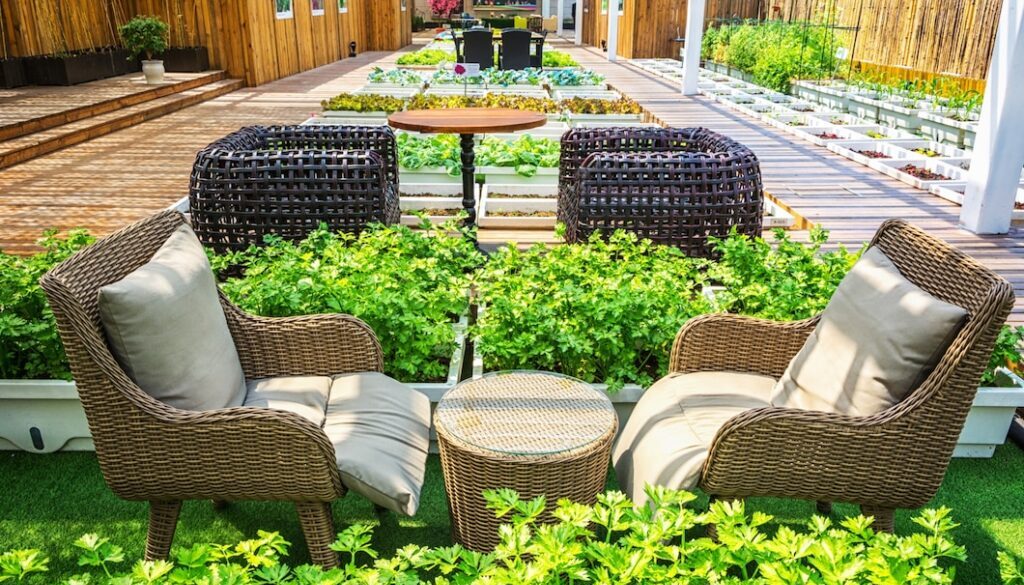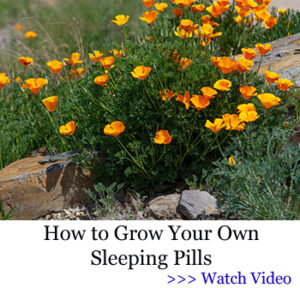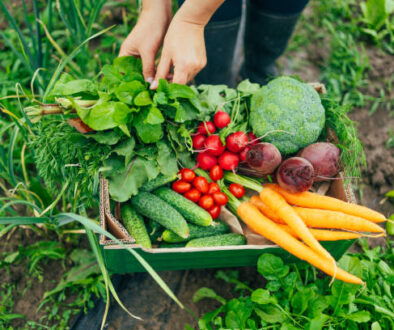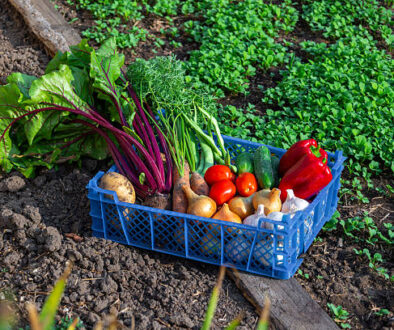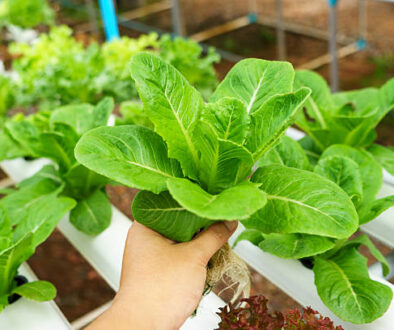A Beginner’s Guide to Growing Your Own Medicinal Herb Garden At Home
This post may contain paid and/or affiliate links. I may earn a small commission at no extra cost to you.
Starting a medicinal herb garden at home is one of the easiest ways to bring natural remedies into your daily life.
You can grow simple medicinal plants right in your yard or balcony and enjoy the benefits of a fresh healing herb garden that supports both health and home.
Why Start a Medicinal Herb Garden?
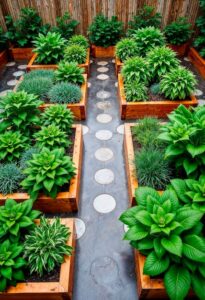
Growing your own medicinal herb garden is about more than having pretty greenery.
It gives you direct access to fresh medicinal plants that support your health and wellness.
Imagine making a calming tea from chamomile you picked yourself or using fresh aloe for a burn.
Doesn’t that sound rewarding? Plus, a healing herb garden is low-cost, sustainable, and a practical way to stay connected with nature.
Related:
- Mistakes to Avoid When Growing a Medicinal Herb Garden at Home
- The Main Reasons You Should Have a Medicine Garden at Home
- The Main Benefits of Having a Medicine Garden in Your Backyard
Choosing the Right Location for Your Herbal Garden
Your herbal garden needs the right spot to thrive.
Most herbs love six to eight hours of sunlight, so pick a sunny patch in your yard, balcony, or even a set of window boxes indoors.
If you have limited space, containers work perfectly. Don’t forget airflow; it keeps diseases at bay.
Have you noticed how plants in stuffy corners look weaker? Fresh air makes all the difference.
Planning Your Healing Garden
A good healing garden design helps you stay organized and makes your space look beautiful.
Start by grouping herbs with similar needs together.
Place drought-tolerant plants like rosemary and sage on one side, and keep moisture-loving ones like mint and lemon balm elsewhere.
A neat layout saves water, makes care easier, and turns your medicine garden into a calm, inviting place.
Think of it like arranging furniture; you want it to flow naturally.
Picking the Best Medicinal Plants for Beginners
If you’re new to gardening, don’t overwhelm yourself.
Begin with forgiving medicinal plants that grow easily and still provide plenty of benefits.
Here are some perfect starter herbs:
- Chamomile – great for teas and soothing nerves.
- Mint – hardy, spreads quickly, and helps with digestion.
- Lavender – calming scent and natural pest repellent.
- Echinacea – immune-boosting and a pollinator favorite.
- Aloe Vera – easy to grow and perfect for skin care.
These plants give you a mix of health benefits while keeping your herbal medicine garden manageable.
Soil Prep for a Strong Medical Garden
Healthy soil is the heart of a thriving medical garden.
Use well-draining soil mixed with compost or organic matter.
Herbs don’t like soggy roots, so make sure water flows through easily.
Think of the soil as the pantry, if it’s stocked with nutrients, your medicinal herb garden will always have what it needs.
Ever noticed how some plants look tired? Nine times out of ten, it’s the soil.
Watering Tips for Your Herbal Medicine Garden
Too much water can drown your medicinal plants, while too little leaves them weak.
The sweet spot is moist but never soggy soil. Water deeply but less often, encouraging roots to grow strong.
A quick trick? Stick your finger in the soil. If the top inch feels dry, it’s time to water. Easy, right?
Garden Companion Planting for Healthier Herbs
Companion planting is a game-changer in your herbal medicine garden.
Pairing the right herbs and plants helps them grow stronger and stay healthier.
Basil keeps pests away, chamomile boosts nearby plants, and garlic fights off fungus.
Doesn’t it feel amazing when plants look out for each other?
The right garden companion planting makes your medicine garden naturally resilient.
Natural Pest Control in a Healing Herb Garden
Nobody wants pests ruining a healing herb garden. Instead of chemicals, use nature’s helpers.
Plant lavender or lemon balm to repel mosquitoes, or nasturtiums to trap aphids away from your prized herbs.
Attracting ladybugs and bees also keeps the ecosystem balanced.
Ever wondered why some gardens never seem bug-ridden? They’re using nature’s pest patrol.
Harvesting Medicinal Plants at the Right Time
Timing matters when it comes to harvesting.
For most medicinal plants, the morning is best—after dew dries but before the sun gets harsh.
This is when herbs hold the highest levels of oils and nutrients.
Regular harvesting keeps plants growing, so your herbal garden stays productive all season long.
Storing and Preserving Herbs from Your Medicine Garden
Fresh herbs are wonderful, but you’ll want to save some for later.
Drying is the most common method; hang bundles upside down in a cool, dry space, then store them in glass jars away from light.
Freezing also works well for herbs like mint and parsley. With good storage, your medicine garden supports you year-round.
Creating Remedies with Your Medicinal Plants
The best part of growing a medicinal herb garden is actually using your harvest.
You can make simple teas, tinctures, and salves at home.
Chamomile tea calms nerves, lavender oil soothes headaches, and aloe gel helps burns.
Have you ever thought about how empowering it feels to use your own herbs instead of running to the store?
That’s the beauty of homegrown remedies.
Expanding Your Herbal Garden Over Time
Don’t pressure yourself to grow everything right away.
Start small, learn as you go, and add more medicinal plants over time.
Maybe one season you’ll try lemon balm, and the next, valerian.
Growing slowly keeps your herbal garden enjoyable, not overwhelming.
Before you know it, you’ll have a full medicinal herb garden with endless possibilities.
The Joy of Connecting with Nature
Your healing herb garden isn’t just about remedies—it’s about peace of mind.
Tending herbs, feeling the soil, and watching growth brings calm and focus.
It’s like therapy in your backyard. Isn’t it amazing how a medicine garden heals both the body and the spirit?
Conclusion
Starting a medicinal herb garden at home is simple and rewarding.
With the right spot, healthy soil, and smart garden companion planting, you can grow a thriving healing herb garden full of natural remedies.
Step by step, your herbal garden becomes not only a source of medicinal plants but also a place of peace, balance, and connection.
FAQs
Q1: Can I grow a medicinal herb garden indoors?
Yes, many medicinal plants like mint, basil, and thyme thrive indoors with good sunlight or grow lights. Containers make it easy to set up a small herbal garden inside.
Q2: What’s the easiest herb to grow for beginners?
Mint is the easiest—it grows fast, requires little care, and adapts to almost any condition. It’s a great first herb for your medicine garden.
Q3: How do I keep my healing herb garden organic?
Use compost, natural mulch, and garden companion planting to feed your plants and control pests. Avoid chemical fertilizers or sprays to keep your medical garden safe and natural.
Q4: Do I need a lot of space for a medicinal herb garden?
Not at all. A few pots on a balcony, a raised bed, or even window boxes can become a thriving herbal medicine garden. You can always expand later.
